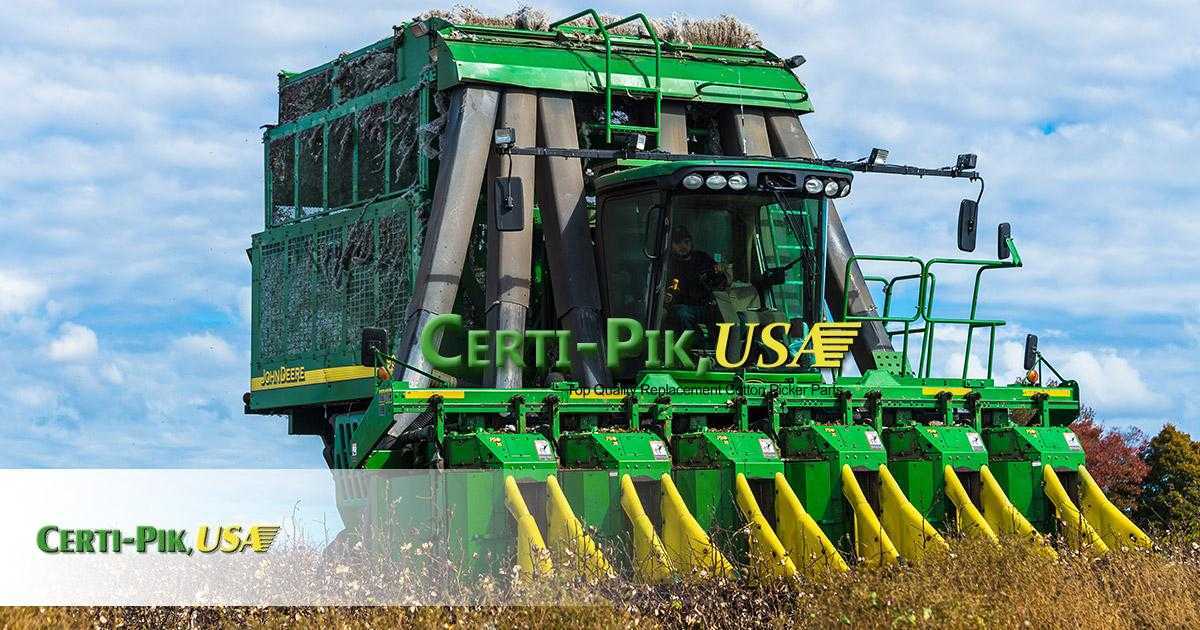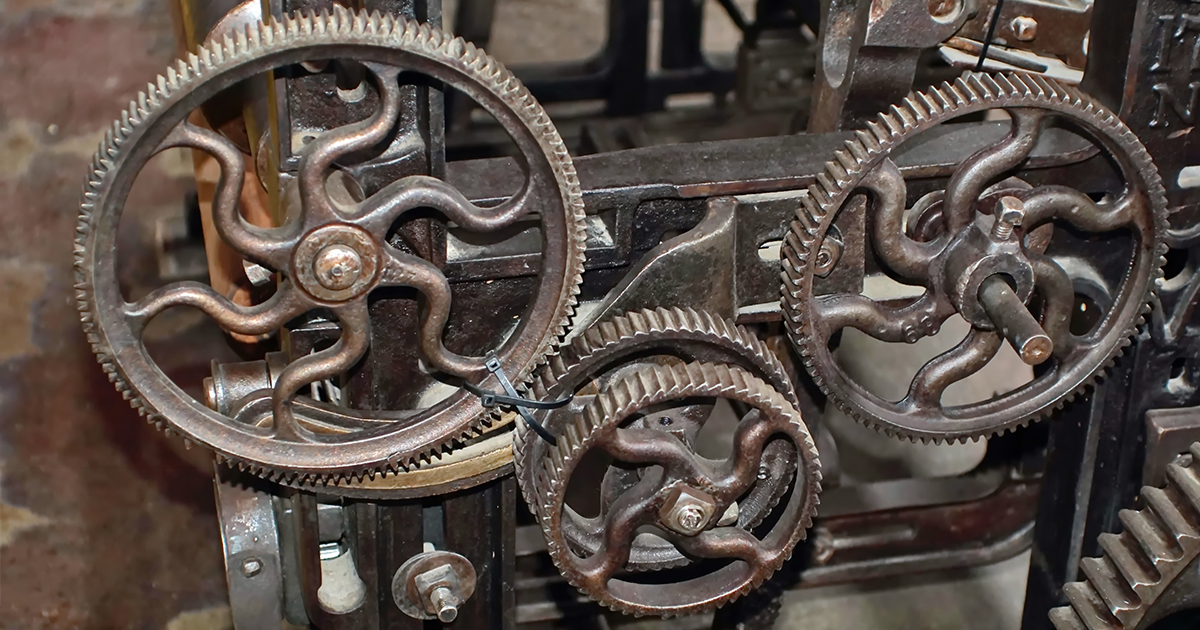Many people in the cotton-harvesting industry have definite preferences when it comes to which manufacturer makes the best harvester, and both John Deere and Case IH have legions of devoted followers. There’s no doubt that both machines have some tremendous benefits, and both offer great service to anyone purchasing either type of equipment. As to
READ MOREAuthor: Certi-Pik, USA
When was the Cotton Gin Invented?
The cotton gin is a machine that was designed to streamline the separation of fibers from their seeds. It enabled higher productivity levels than the manual separation that had been used up until that time. The effects of this invention extended far beyond the field and into the entire world, with surprising ramifications that still
READ MOREHow do Cotton Harvesting Machines Work?
One of the most amazing things about cotton harvesting is how much it has changed in the past century. Since cotton harvesting is no longer done by hand (something that was the case until the turn of the 20th century), specialized cotton harvesting machines are used to separate the cotton fibers from the mature bolls.
READ MOREHow Do You Know When to Harvest Cotton?
Assuming that your cotton plants were introduced to the soil in mid-March or April, as they are south of the 36th parallel, most of those plants should be ready for harvesting by the end of July. Of course, this assumes that the weather has been relatively stable all summer and that the plants were not
READ MOREThe Historical Significance of the Cotton Gin
Today, the cotton industry is powered by lumbering machines running on ingenious cotton harvester parts. When the cotton industry first sprang to life, however, the process of picking and cleaning cotton was unbelievably difficult. From the moment it was discovered, more than 500 years before the Common Era, all the way through the 18th century,
READ MORE



